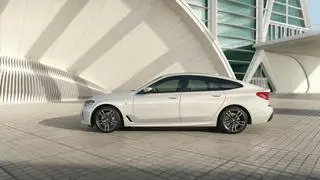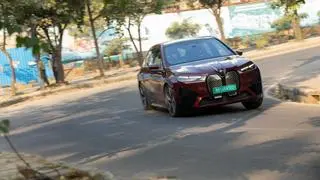When the Volkswagen group decided to entrust Skoda with the lead responsibility for the India 2.0 project, it was part of a larger global strategy which would see different brands take similar roles across regions.
In addition to India, Skoda will take care of Russia, while VW will handle North and South America as well as the sub-Saharan region comprising a large chunk of Africa.
North Africa, meanwhile, will have another group company, SEAT, in the driver’s seat.
Audi will coordinate West Asia and the Asia-Pacific region except China, which will be the responsibility of the VW group. It is also an acknowledgement of China’s importance given that VW is the lead player there with sales of over 4 million units in 2017. This is almost at par with India’s total sales of automobiles in the last fiscal.
This ‘structural realignment’ will, therefore, see one brand assume the lead role for a clearly defined region. From the VW group’s point of view, this is akin to “distributing responsibility across several shoulders”.
Region-specific solutions
As a result, it will be possible to decentralise roles while ensuring that decisions are made quickly. Clearly, VW has figured out that it is important to have region-specific solutions to the extent possible, especially with emerging markets posing their own set of challenges.
For instance, India is a price-sensitive market, which means that companies need to pull out all the stops in ensuring an efficient cost structure.
Skoda will now lead the way in India, where VW’s Chakan plant near Pune will gradually emerge a global manufacturing powerhouse.
It is also likely that India and Russia (which is also Skoda’s responsibility) will coordinate operations and even have some common products. The ‘Made in India’ vehicles could also be shipped out to the ASEAN region, where the VW group will be keen to boost its presence, especially in countries such as Indonesia, Thailand, the Philippines and Malaysia.
Bernard Maier, CEO of Skoda, had told this writer at the 2018 Paris Motor Show that the most difficult reality to reckon with for the automobile industry was to cope with different requirements in different parts of the world. Hence, coming up with a global car was becoming more and more difficult.
Regional velocities
“We have to nationalise the cars to the very distinctive environments of each and every region. There are different velocities in different regions. When we talk about the two main areas of energy in 2025 — e-mobility and connectivity — it is quite distinctive in how we can see developments in all parts of the world,” explained Maier.
The Skoda CEO also conceded that these were not the easiest of times for the global auto industry, with trade wars, high fuel prices etc. “We are living in a paradigm change in the entire industry and it is a big challenge,” he said.
Asked about team realignment in the India 2.0 programme, Maier said things were progressing well. “We are on the way to really becoming one team. It will take its time but we are on a very good development and I am convinced that we will manage that (realignment),” he said.








Comments
Comments have to be in English, and in full sentences. They cannot be abusive or personal. Please abide by our community guidelines for posting your comments.
We have migrated to a new commenting platform. If you are already a registered user of TheHindu Businessline and logged in, you may continue to engage with our articles. If you do not have an account please register and login to post comments. Users can access their older comments by logging into their accounts on Vuukle.